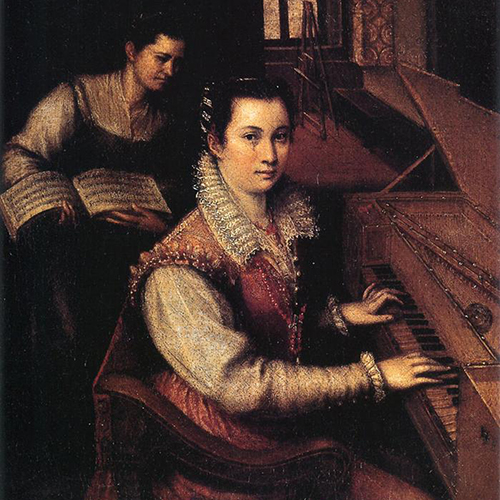The history of the Italian Renaissance is marked by numerous significant figures who left an indelible mark on the world of art, literature, and architecture. Among these notable individuals is Lavinia Fontana, a talented artist who rose to prominence during the late 16th century.
Fontana's artistic prowess was not limited to her skill in painting, but also extended to her ability to adapt to the changing tastes and styles of her time. Her work, characterized by its vivid colors and detailed realism, not only reflected the cultural and social norms of her era but also contributed to the evolution of artistic techniques. As we delve into the life and work of this remarkable artist, we will explore the factors that influenced her development as an artist and the impact she had on the art world during her time[1].
what is the story behind the name lavinia
 The name "Lavinia" is derived from the Latin word "Lavinium," which refers to the city of Lavinium, founded by Aeneas, the legendary Trojan hero, in Italy. This city was said to be the birthplace of the Roman people. The name "Lavinia" is therefore associated with the origins of Rome and its mythological heritage.
The name "Lavinia" is derived from the Latin word "Lavinium," which refers to the city of Lavinium, founded by Aeneas, the legendary Trojan hero, in Italy. This city was said to be the birthplace of the Roman people. The name "Lavinia" is therefore associated with the origins of Rome and its mythological heritage.what is the meaning of the name lavinia
 The name "Lavinia" has multiple meanings depending on the context and cultural origin. In classical mythology, Lavinia is the daughter of King Latinus and the wife of Trojan hero Aeneas, who named the city Lavinium in her honor. This association with the origins of Rome and its mythological heritage is a significant aspect of the name's meaning. Additionally, the name Lavinia is sometimes referred to as "Woman Of Rome" in Latin origin, emphasizing its connection to the city and its people.
The name "Lavinia" has multiple meanings depending on the context and cultural origin. In classical mythology, Lavinia is the daughter of King Latinus and the wife of Trojan hero Aeneas, who named the city Lavinium in her honor. This association with the origins of Rome and its mythological heritage is a significant aspect of the name's meaning. Additionally, the name Lavinia is sometimes referred to as "Woman Of Rome" in Latin origin, emphasizing its connection to the city and its people.what are some famous people named lavinia
Some famous people named Lavinia include: Lavinia Miloșovici, a Romanian gymnast who is considered one of Romania's top gymnasts ever and the most prolific female all-around gymnast of the decade, earning a total of 19 World Championships or Olympic medals in a span of six years. Lavinia Smerconish, an American businesswoman. Lavinia Serbanescu, known for her appearance in the silent film "The Lilliputians Courtship" (1915). Lavinia Wilson, a German actress who has appeared in over sixty films since 1992. Lavinia Birladeanu, a Romanian model. Lavinia Corina Miloșovici, a Romanian gymnast who is considered one of Romania's top gymnasts ever and the most prolific female all-around gymnast of the decade, earning a total of 19 World Championships or Olympic medals in a span of six years. Lavinia Jones Wright, an American murderer, reported by some legends to have been the first female serial killer in the United States of America. Lavinia Warren, an American proportionate dwarf and circus performer who was the wife of General Tom Thumb. Lavinia Gutmann Vlasak, a Brazilian actress of Czech and German ancestry. Lavinia Tananta, an Indonesian professional tennis player. #EANF#As we conclude our exploration of the remarkable life and work of Lavinia Fontana, we hope that you have gained a deeper appreciation for the significant contributions she made to the world of art during the Italian Renaissance. Her dedication to her craft and her ability to adapt to the changing tastes and styles of her time are truly inspiring, and her legacy continues to influence artists and art lovers alike. We encourage you to continue exploring the rich history of art and the many talented individuals who have shaped its evolution over time.
Before you go, we would like to remind you that the Italian Renaissance was a pivotal period in the development of art, marked by the emergence of some of the most iconic figures in history. Lavinia Fontana's work, characterized by its vivid colors and detailed realism, is a testament to the era's emphasis on humanism and the pursuit of artistic innovation. As you continue your journey through the world of art, we hope that you will keep the spirit of Lavinia Fontana and the Italian Renaissance in mind, and that you will be inspired to explore the many wonders that this period has to offer. Remember that art is a journey, not a destination, and that the Italian Renaissance continues to shape and influence our understanding of the world around us.
No comments:
Post a Comment